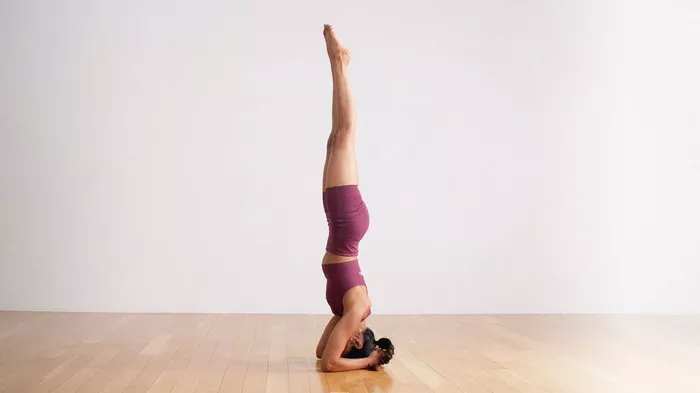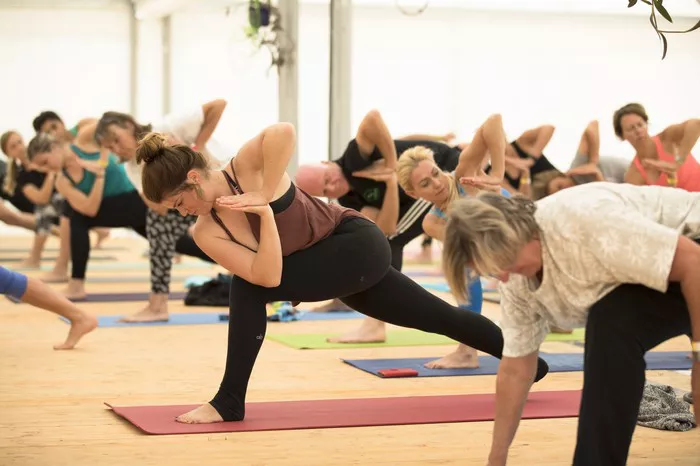Crafting the perfect yoga teacher bio is essential for establishing your presence in the yoga community, attracting students, and conveying your unique teaching style and philosophy. A well-written bio not only highlights your qualifications and experience but also connects with potential students on a personal level. Here are some comprehensive tips to help you create an engaging and professional yoga teacher bio.
1. Start with a Strong Opening Statement
The opening statement of your bio is crucial as it sets the tone and grabs the reader’s attention. Begin with a compelling introduction that reflects your passion for yoga and your unique teaching style. This could be a personal anecdote, a powerful quote that resonates with you, or a brief description of your yoga journey.
Example:
“From the moment I stepped onto a yoga mat, I knew I had found my calling. The practice of yoga not only transformed my body but also brought a profound sense of peace and balance to my life. Today, I am dedicated to sharing this transformative power with my students.”
2. Highlight Your Qualifications and Training
Potential students want to know that they are learning from a qualified and experienced teacher. Clearly list your certifications, training programs, and any specialized courses you have completed. Mention any renowned teachers or schools you have trained with, as this can add credibility to your bio.
Example:
I am a certified RYT-500 yoga instructor, having completed my advanced training at the Yoga Alliance accredited Yoga School. My training included extensive studies in Hatha, Vinyasa, and Ashtanga yoga under the guidance of esteemed teachers such as Shiva Rea and Rodney Yee.
3. Share Your Teaching Experience
Provide details about your teaching experience, including where you have taught, the types of classes you offer, and any notable workshops or retreats you have led. Highlighting your experience can help build trust and demonstrate your expertise.
Example:
With over five years of teaching experience, I have had the privilege of guiding students in various settings, from intimate studio classes to large outdoor events. I specialize in Vinyasa Flow, Restorative Yoga, and Prenatal Yoga, and have conducted workshops focusing on mindfulness and stress reduction.
4. Describe Your Teaching Philosophy
Your teaching philosophy is a key element of your bio. It gives potential students insight into what they can expect from your classes and how you approach the practice of yoga. Be authentic and articulate your beliefs and values as a yoga teacher.
Example:
My teaching philosophy centers around creating a safe and inclusive space where students can explore their practice at their own pace. I believe in the importance of alignment, breath, and mindfulness, and strive to empower my students to connect deeply with their bodies and minds.
5. Include Personal Touches
Adding personal touches to your bio can help potential students connect with you on a deeper level. Share a bit about your life outside of yoga, your hobbies, interests, or any personal experiences that have shaped your journey as a yoga teacher.
Example:
When I’m not on the mat, you can find me hiking in nature, practicing meditation, or spending time with my family. My love for travel has also taken me to various parts of the world, where I have had the opportunity to learn from diverse yoga traditions and cultures.
6. Use Professional Language and Tone
While it’s important to be personable, your bio should also reflect professionalism. Use clear, concise language and maintain a tone that is respectful and approachable. Avoid using slang or overly casual expressions.
7. Incorporate Testimonials or Quotes
Including testimonials or quotes from students can add authenticity and provide social proof of your skills and impact as a yoga teacher. If possible, gather a few short quotes from students who have attended your classes or workshops.
Example:
“Mia’s classes have been a game-changer for me. Her guidance and support have helped me deepen my practice and find a new sense of balance in my life.” – Sarah, a long-time student.
8. Provide Contact Information and Links
Make it easy for potential students to reach out to you or learn more about your offerings. Include your contact information, social media handles, and links to your website or online class schedule.
Example:
Connect with me on Instagram @yogawithmia, or visit my website www.yogawithmia.com to view my class schedule and sign up for upcoming workshops.
9. Keep It Updated
Your bio should be a living document that evolves with your teaching journey. Regularly update it to reflect new certifications, teaching experiences, or changes in your teaching philosophy. An up-to-date bio shows that you are actively engaged in your practice and committed to continuous learning.
10. Seek Feedback and Edit
Before finalizing your bio, seek feedback from trusted colleagues, mentors, or students. They can provide valuable insights and help you refine your bio to ensure it is clear, engaging, and accurately represents you as a yoga teacher. Don’t be afraid to make revisions based on their suggestions.
See Also: Is It Better to Do Yoga Before or After Cardio?
Example Yoga Teacher Bio
To put all these tips into practice, here’s an example of a well-crafted yoga teacher bio:
“From the moment I stepped onto a yoga mat, I knew I had found my calling. The practice of yoga not only transformed my body but also brought a profound sense of peace and balance to my life. Today, I am dedicated to sharing this transformative power with my students.
I am a certified RYT-500 yoga instructor, having completed my advanced training at the Yoga Alliance accredited Yoga School. My training included extensive studies in Hatha, Vinyasa, and Ashtanga yoga under the guidance of esteemed teachers such as Shiva Rea and Rodney Yee.
With over five years of teaching experience, I have had the privilege of guiding students in various settings, from intimate studio classes to large outdoor events. I specialize in Vinyasa Flow, Restorative Yoga, and Prenatal Yoga, and have conducted workshops focusing on mindfulness and stress reduction.
My teaching philosophy centers around creating a safe and inclusive space where students can explore their practice at their own pace. I believe in the importance of alignment, breath, and mindfulness, and strive to empower my students to connect deeply with their bodies and minds.
When I’m not on the mat, you can find me hiking in nature, practicing meditation, or spending time with my family. My love for travel has also taken me to various parts of the world, where I have had the opportunity to learn from diverse yoga traditions and cultures.
“Mia’s classes have been a game-changer for me. Her guidance and support have helped me deepen my practice and find a new sense of balance in my life.” – Sarah, a long-time student.
Connect with me on Instagram @yogawithmia, or visit my website www.yogawithmia.com to view my class schedule and sign up for upcoming workshops.”
Conclusion
By following these tips, you can create a yoga teacher bio that effectively communicates your unique qualifications, experience, and teaching philosophy, helping you attract and connect with potential students. Remember, your bio is a reflection of your professional identity, so take the time to craft it with care and authenticity.
Related topics:























